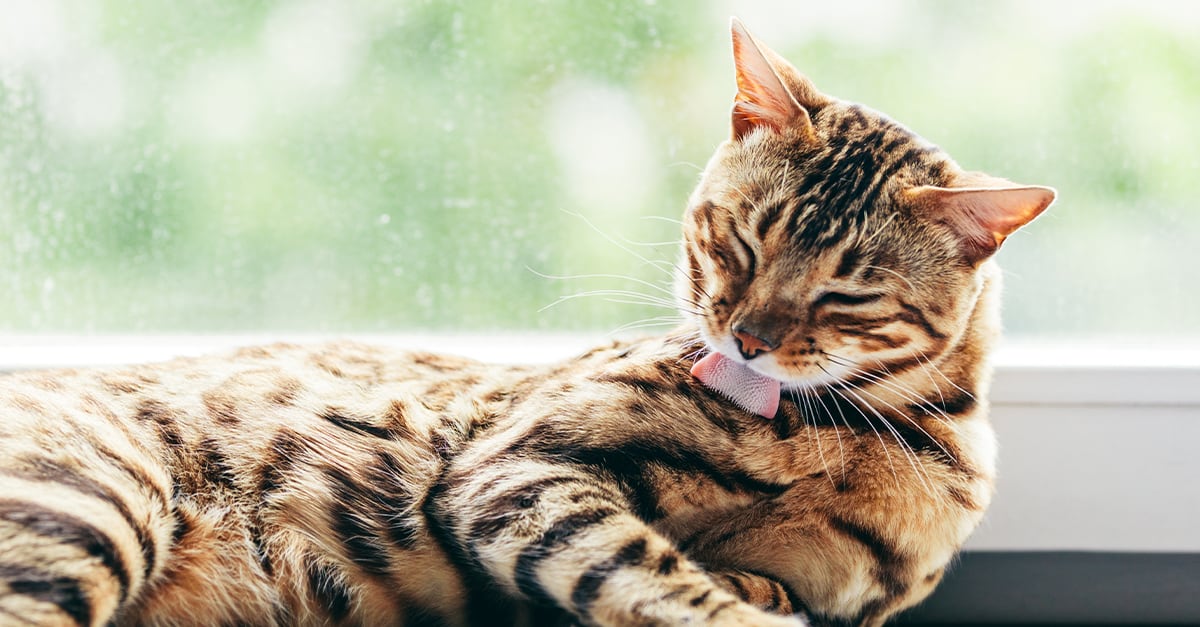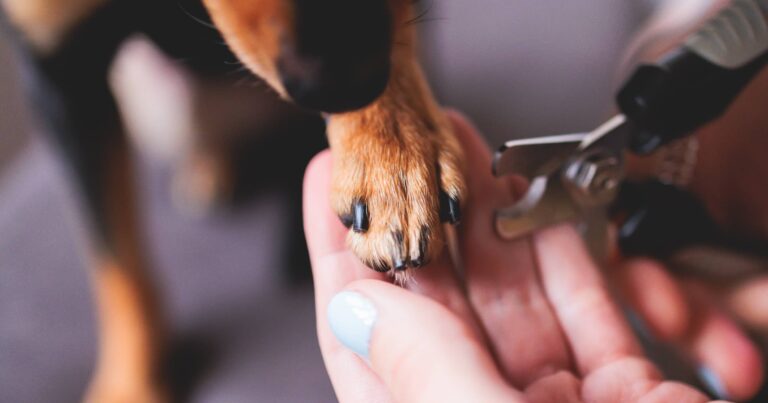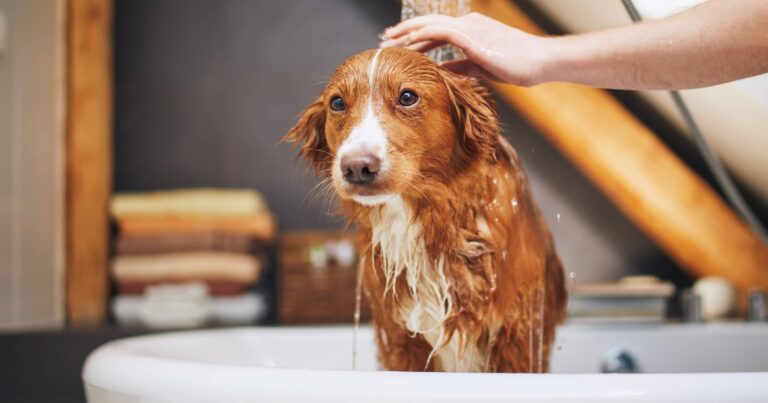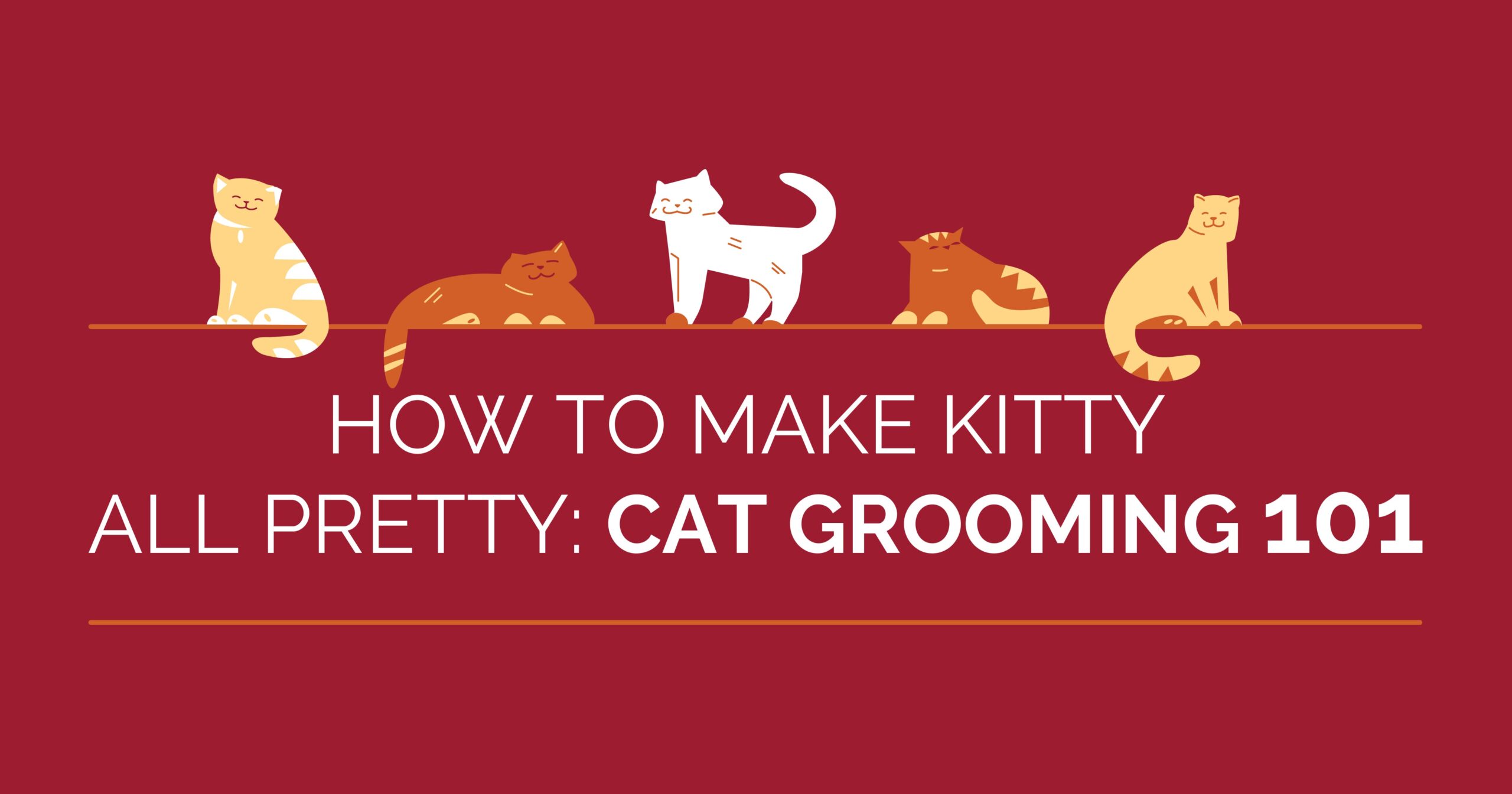The hacking and coughing sounds of your cat trying to bring up a hairball are definitely not the sounds you want to hear, especially while they’re licking you. And the process isn’t fun for your cat, either. One of the solutions you may have heard of to prevent hairballs is a diet that is high in fiber — specifically, insoluble fiber. Let’s explore how hairballs occur and why insoluble fiber can help.
How Does a Hairball Form?
First, if you would like to impress your veterinarian the next time you visit the clinic, the medical term for a hairball is trichobezoar (trik-o-BE-zor). “Tricho” is Greek for hair and “bezoar” is a mass found in the stomach or intestines — makes sense, right? However, hairballs are not just hair. They are commonly made of saliva, stomach juices (gastric secretions like mucus) and digested food. Eww!
Swallowing hair is a natural byproduct of your cat’s meticulous grooming. The papillae (backward facing barbs on your cat’s tongue) act like a hairbrush, grabbing loose hair into their mouth. A cat’s digestive system has evolved to handle some amount of hair swallowing as part of grooming. So, normally, hair moves through the gastrointestinal tract, along with food, and exits in the “usual way.”
When your cat ingests a lot of hair, the hair can accumulate in the stomach where it forms a ball and irritates the lining of the stomach. Once the hairball reaches a certain size, your cat will typically throw it up. Some veterinarians are not concerned about those cats that throw up a hairball once every few weeks. Other veterinarians consider only one to two hairballs per year to be normal and harmless. Always check with your veterinarian if you’re not sure if your cat’s hairball frequency is normal or something more serious.
Insoluble Fiber Keeps Hair Moving
Pet food ingredients can provide two types of fiber— soluble and insoluble fiber. Soluble fiber absorbs water and turns into a gel-like substance which slows down food digestion. Insoluble fiber does not absorb water, but it does help stimulate food movement through the intestines. This is why insoluble fiber helps to control and reduce hairball formation — it helps the hair move through the gastrointestinal tract. Some examples of pet food ingredients that are good sources of insoluble fiber include ground Miscanthus grass, millet, chia seed and grain sorghum.
Pet Food Formulas for Hairball Control
There are a number of techniques you can try that can help prevent hairball formation, including daily brushing to remove excess hair, a specially formulated hairball remedy gel or treat, and feeding a “hairball diet.” Some pet food formulas, like Diamond Naturals Indoor Cat Hairball Control Dinner for Adult Cats or Diamond Naturals Indoor Cat Chicken & Rice Formula, are specially formulated to help control and reduce hairball formation. Hairball diets typically contain a higher level of fiber, including insoluble fiber, than other pet food formulas. One thing to note about high-fiber formulas is that large stools should be expected.
A specially formulated diet containing insoluble fiber can provide your cat (and you) some relief by helping to control and reduce hairball formation. However, since hairballs can be a sign of something more serious, have your veterinarian confirm that it is just hairball vomiting before starting any hairball remedy.
RELATED POST: Bonus Benefits of Pet Food Ingredients: Fiber







